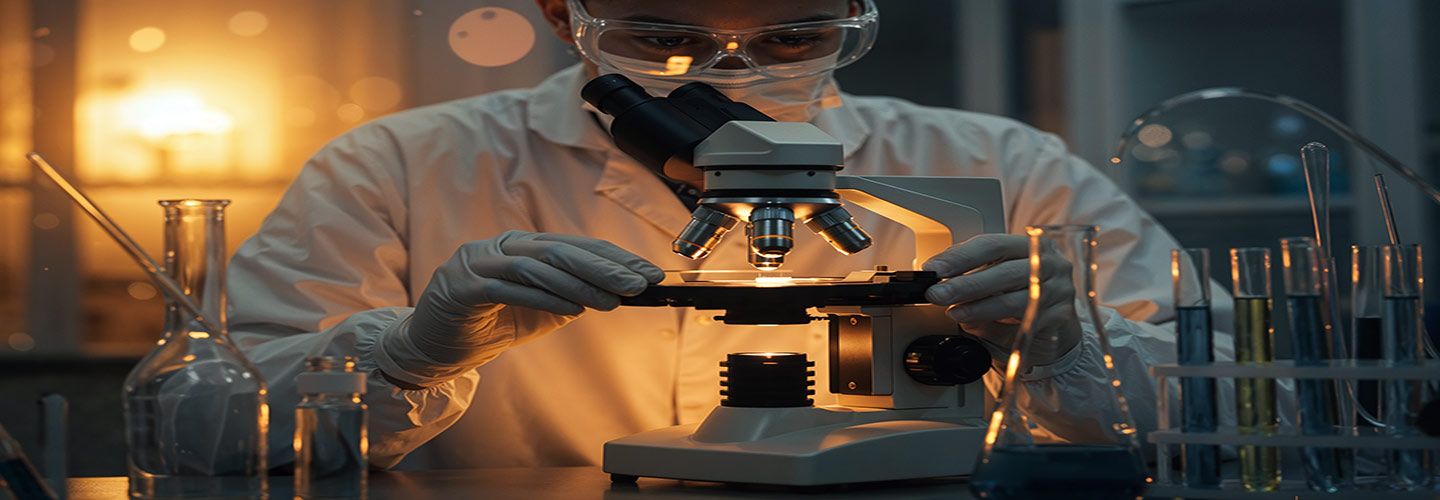IVF in Turkey

IVF in Turkey: Your Comprehensive Guide to IVF Abroad
Why Turkey?
When you think of medical tourism, Turkey might not be the first country that comes to mind. However, in the realm of IVF treatments, it’s rapidly establishing itself as a go-to destination. With its blend of medical excellence, cost-effectiveness, and the allure of its rich cultural tapestry, Turkey offers a holistic experience for those looking for IVF solutions abroad.
The Rise of Turkey as an IVF Destination
What makes Turkey stand out in the crowded field of IVF clinics and hospitals worldwide? Several factors converge to make it a preferred choice:
- Stellar Success Rates
Patients from all over the world are drawn to Turkey’s impressive IVF success rates. The country’s dedicated professionals, who stay abreast of the latest advancements, play a pivotal role in this success. - Quality Treatment without Breaking the Bank
The cost of IVF treatments in Turkey is significantly lower than in countries like the United States and many parts of Europe. But it’s not just about the cost savings. The treatments are top-notch, ensuring patients get value for their money. - Swift and Streamlined Processes
In many countries, the waiting period for IVF treatments can be agonizingly long. Turkey offers a refreshing change with its efficient processes, ensuring patients don’t face unnecessary delays. - Beyond IVF: Experience the Magic of Turkey
Turkey is a treasure trove of historical sites, mouth-watering cuisine, and scenic beauty. Patients often combine their IVF trips with a vacation, making the journey both therapeutic and recreational. - A Thumbs-Up from the Authorities
The increasing number of foreigners flocking to Turkey for gynecological and reproductive treatments is a clear indication of its growing reputation. The data from the Turkish Ministry of Health further underscores this trend.
A Closer Look at the IVF Process in Turkey
For those unfamiliar with the IVF process, Turkey’s approach is methodical and patient-centric:
Initial Consultation: The journey begins with a thorough consultation where medical histories are reviewed, and necessary examinations are conducted.
The Preparation Phase: This is a critical phase where patients are prepped for the treatment. It involves a series of steps, including lifestyle changes, dietary recommendations, and specific medical tests.
The Core IVF Steps: Starting with ovarian stimulation, the process moves on to egg retrieval, fertilization, and embryo transfer. Each step is meticulously executed, keeping the patient’s well-being at the forefront.
The Anticipation: Pregnancy Test: The culmination of the IVF process is the much-awaited pregnancy test. A positive result brings joy, while a negative one is approached with empathy and a plan for the next steps.
How Long Should You Plan to Stay in Turkey for IVF?
Generally, IVF treatment in Turkey commences on the second day of menstruation and lasts about 20 days. So, if you’re planning a trip for IVF, it would be wise to schedule around three weeks for the entire process, including some buffer time.
IVF in Turkey
In Conclusion, IVF in Turkey, A Wise Decision for IVF Abroad, If you’re contemplating IVF treatments abroad, Turkey undoubtedly stands out as a premier choice. With its blend of medical expertise, affordability, and cultural richness, Turkey promises not just a treatment but an experience. Consider IVF in Turkey; it might just be the decision that changes your life.
References:
– The effect of pronuclear morphology on embryo quality parameters and blastocyst transfer outcome
– Blastocyst quality affects the success of blastocyst-stage embryo transfer